Flexor Digitorum Longus Muscle
Table of Contents
Flexor Digitorum Longus Muscle

Flexor digitorum longus is a thin muscle, situated on the tibial side of the leg, part of the posterior compartment of the lower leg. It extends from the tibia’s rear surface to the foot’s phalanges, passing via the leg’s posterior compartment. The quadratus plantae muscle provides functional support to the muscle along its path.
Flexor digitorum longus acts in four separate joints as a result of its attachments: the talocrural (ankle joint), talocalcaneal (subtalar joint), metatarsophalangeal, and interphalangeal joints. This muscle is primarily responsible for the flexion of the foot and toes.
Origin:
From just below the soleal line to within 7 or 8 cm of the lower extremity, medial to the tibial origin of the tibialis posterior muscle, the flexor digitorum longus originates from the posterior surface of the tibia. The fascia around the tibialis posterior muscle is also the source of it.
Course
A tendon, which almost entirely spans the posterior surface of the muscle, is where the fibers terminate. This tendon travels along a groove behind the medial malleolus, sharing it with the tibialis posterior, but keeping it apart from it by a fibrous septum. Each tendon is housed in a distinct compartment that is covered in a different mucous sheath.
The crural tendinous chiasm, located above the medial malleolus, is where the tendon of the flexor digitorum longus and the tendon of the tibialis posterior cross each other. It goes via the tunnel of the tarsus.
At the level of the navicular bone, at a location known as the knot of Henry (also called the plantar tendinous chiasm), it passes obliquely forward and lateralward, superficial to the deltoid ligament of the ankle joint, and into the sole of the foot, where it crosses over the tendon of the flexor hallucis longus and receives a strong tendinous slip from it.
Insertion
After that, it enlarges, becomes joined by the quadratus plantae muscle, and eventually splits into four tendons. These tendons are placed into the bases of the second, third, fourth, and fifth toes’ last phalanges. Each tendon passes through a hole in the flexor digitorum brevis muscle’s corresponding tendon, which is located across from the base of the first interphalangeal joint.
Nerve supply:
the main trunk of the lateral plantar nerve.
Action:


straightens the pull of the long flexor tendons.
– flexes the toes through the long tendons.

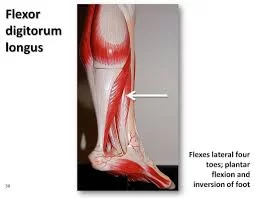
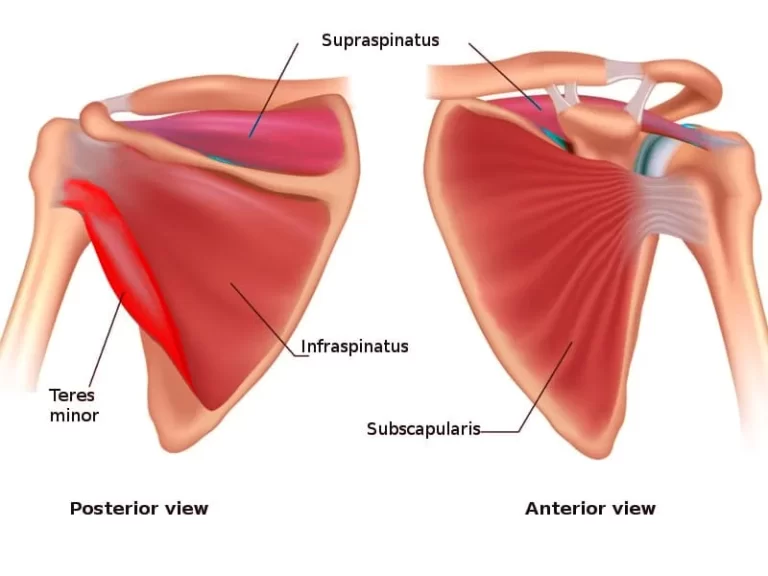
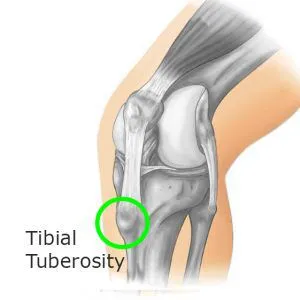
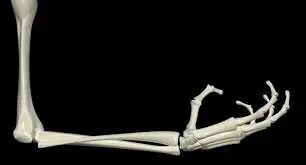
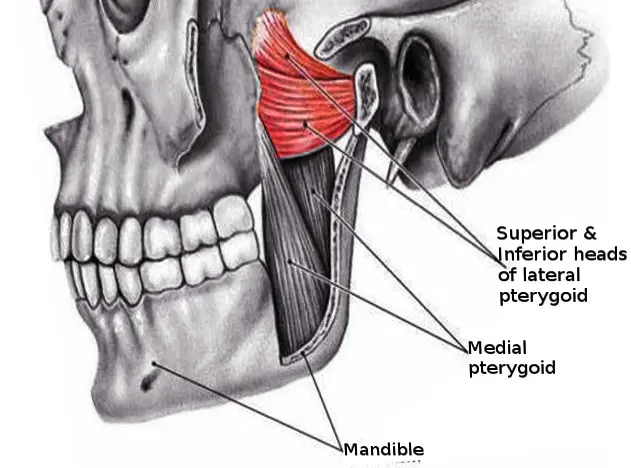
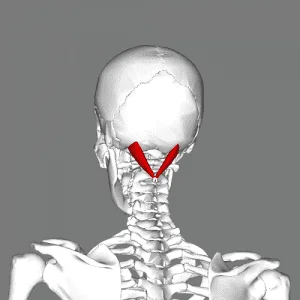
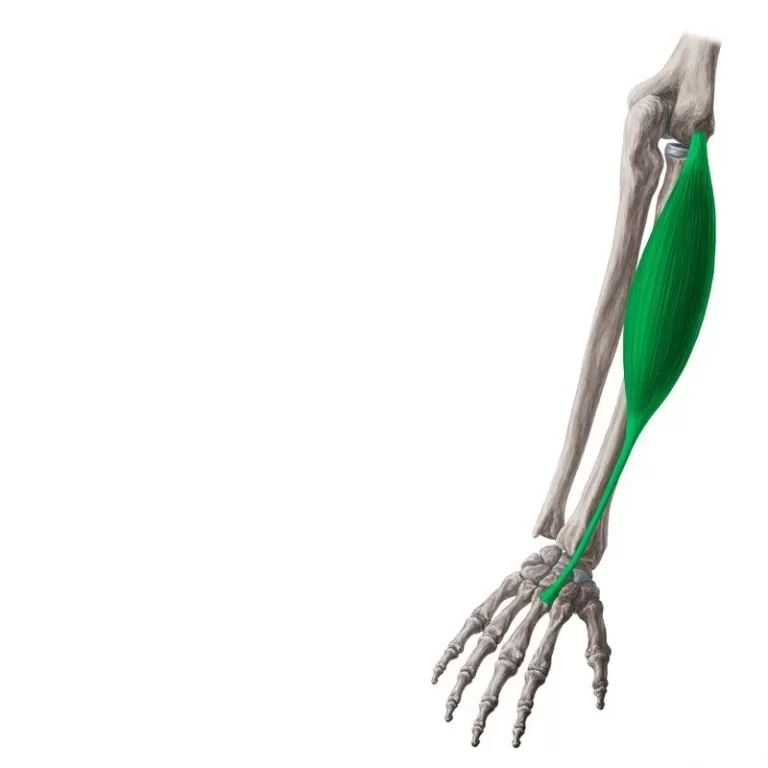
2 Comments